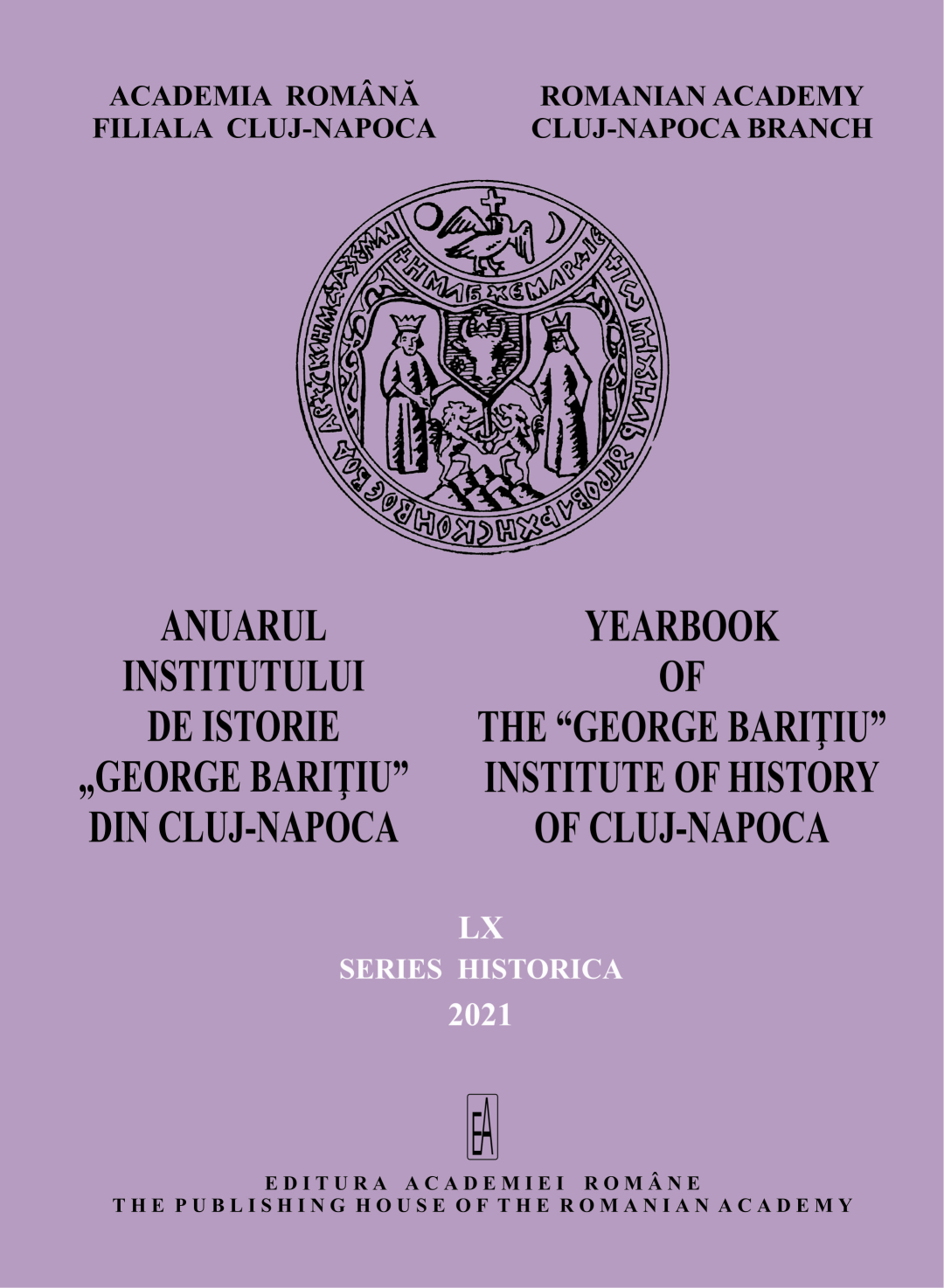Jus Patronatus între regalitate și comunitatea urbană: exemplul Bistriței (secolele XV–XVI)
Jus Patronatus between Regality and the Urban Community: The example of Bistrița (XV–XVI centuries)
Author(s): Lidia GrossSubject(s): Local History / Microhistory, Political history, 15th Century, 16th Century
Published by: Editura Academiei Române
Keywords: patronage right; king; urban community; district; Bistrița; Dipșa; Dumitra; Lechința;
Summary/Abstract: In 1472 Matthias, king of Hungary, as patronus universalis of all the churches in the kingdom, granted to the community of Bistrița the right of patronage over the parish churches from Dipșa, Dumitra and Lechința. As royal possessions, these settlements located in the Bistrița district already had the privilege to elect their parish priest and to manage the revenues of their own churches. The deed of King Matthias suppressed this right in favour of Bistrița, a town that managed to impose itself as an administrative centre of the “province”. The action also involved the bishop of Transylvania, as the city and district of Bistrița were part of the diocesan authority. This is the only case in the Transylvanian area, in which an urban community acquired the right of patronage over the parishes in the seat or district it represents. Extended in 1526 over all parishes in the district, this authority will be exercised by the urban community of Bistrița until the beginning of the 19th century.
Journal: Anuarul Institutului de Istorie »George Bariţiu« - Series HISTORICA
- Issue Year: LX/2021
- Issue No: 60
- Page Range: 29-45
- Page Count: 17
- Language: Romanian

